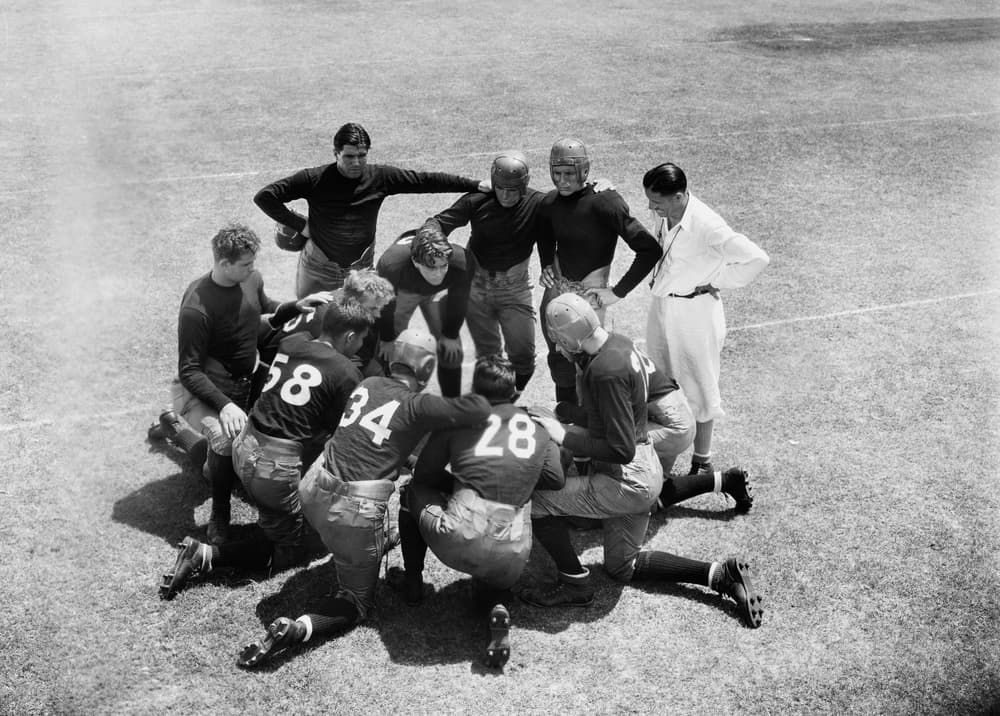
While such a service may seem invaluable, there is much more a TPA can do. Savvier TPAs become long-term consultative partners. By using advanced analytic tools in combination with a deep understanding of an employer’s unique situation, TPAs can help drive better outcomes for injured workers and their employers/payers. As stated by Mark DeLew, VP of Consultative Analytics at Broadspire, “a key role of the account executive is to understand the client’s objectives and then translate those with our analytic tools into Key Performance Indicators KPIs.”
What these TPAs do specifically, is help organizations come to realize:
- Determine an Organization’s Objectives and Identify Opportunities to Improve
- Define the Organization’s Goals and Priorities.
- Manage Project with a Systems-Based Approach
Click Link to Access Free PDF Download
“How Do I Get My Adjusters To Follow My Account Handling Instructions?”
-
Determine an Organization’s Current State and Identify Opportunities to Improve
Getting an accurate picture of where a company currently stands involves a team effort. The TPA needs experts from many different facets of the claims management process to truly understand what is happening in the organization. Nurse case managers, adjusters, quality assurance personnel, utilization review specialists, intake setup personnel, data conversion experts, and others are needed for this step.
The TPA account executive needs first to understand the organization’s current state and identify opportunities for improvement.
- What is the overall health of the program?
- Are return-to-work rates trending up or down?
- What is the litigation rate?
- What is the loss rate?
- What percentage of claims are closed, and within what timeframes?
Drilling down to identify these key cost drivers is the start of realizing what is actually happening in the company. DeLew noted this analysis needs to be done “in collaboration with the cross-functional team of claims adjusters, team managers, nurses, and clients and to understand the root cause why.”
Once these are known and the reasons for them, the TPA can work with the organization to find areas for opportunities and the right solutions.
For each significant trend, the root cause must be determined. Interviewing those on the cross-functional team is a crucial part of the process to help come up with actionable items.
DeLew gave an example of a client who found its incurred claims costs were trending higher but did not know why. Broadspire introduced a virtual peer, a benchmark based on other similar companies within the same industry. Using a predictive model that took into account various factors, they drilled down for such things as age, body part, cause, and nature of the injury, and compared them with those of the virtual peer. They found that in this particular company, age was a big driver of increased costs.
Broadspire then went back to the cross-functional team to come up with potential solutions to the increased rate of older workers having workplace injuries.
-
Define the Organization’s Goals and Priorities.
Tools such as the virtual peer can help determine where a company is headed. Advanced analytics can be used to create a cost-benefit analysis to help an organization better understand what is likely to happen. Savings are then projected based on loss experience.
One potential area of focus is Return to Work. Looking at the average RTW date vs. the release date for injured workers can help to see the real cost of not getting injured workers back to work quickly.
The figures can also be presented by showing different regions of the country where the lag times, and hence, the costs may be greater or smaller. The result might be to discuss improving RTW rates in a specific area. Showing those in charge the costs of not getting an injured worker back is more likely to prompt buy-in from managers and others. Joel Raedeke, Senior VP of Consultative Analytics at Broadspire states, “this metric is one that we like because it clearly shows costly behavior and gives concrete data to drive action.”
Litigation is another area where advanced analytics from a TPA can help drive better outcomes. ‘Dollarizing,’ the litigation can help a company see its costs related to how quickly claims are litigated, as well as the impact of particular defense firms. “Statistics on how quickly claims are being litigated can help identify prevention opportunities. Then comparing the impact of defense firms on outcomes helps to mitigate costs even further,” said DeLew.
Using infographics and timelines can illustrate where the company is going. For example, let’s say a company wants to reduce its loss pick by 6 percent and decrease its open inventory by 22 percent. A year-long timeline can be set up. It may start, for example, with the TPA account executive aggressively pursuing claim closure with the cross-functional team, and setting meetings with the actuary to understand cost drivers. The ensuing months would then contain a variety of other steps to show how to achieve the goals. “Infographics and timelines allow us to visualize with a client stepping into that future state and the steps needed to achieve their goals,” said Raedeke.
-
Manage Project with a Systems-Based Approach
Emails and spreadsheets are the status quo for the industry, but not necessarily the best way. Trying to manage multiple projects with multiple people involved can be tedious and inefficient.
Account management can instead be done in a way that gives full visibility and track-ability in real-time. A system based approach eliminates the necessity to wait until the weekly meeting to get an update on what everyone involved is doing. “Better operating tools allow an account executive to efficiently manage a large team and achieve the goals of large projects,” said Raedeke.
Conclusion
Best in class TPAs that can an organization determine their current state of workers’ comp management, set realistic goals for improvement, and use a systems-based approach to project management using better operating tools and sophisticated analytics can help organizations vastly improve their outcomes and decrease their costs.

Contact: mstack@reduceyourworkerscomp.com.
Workers’ Comp Roundup Blog: https://blog.reduceyourworkerscomp.com/
©2019 Amaxx LLC. All rights reserved under International Copyright Law.
Do not use this information without independent verification. All state laws vary. You should consult with your insurance broker, attorney, or qualified professional.















 Using Medical Disability Guidelines to Estimate Return to Work
Using Medical Disability Guidelines to Estimate Return to Work
